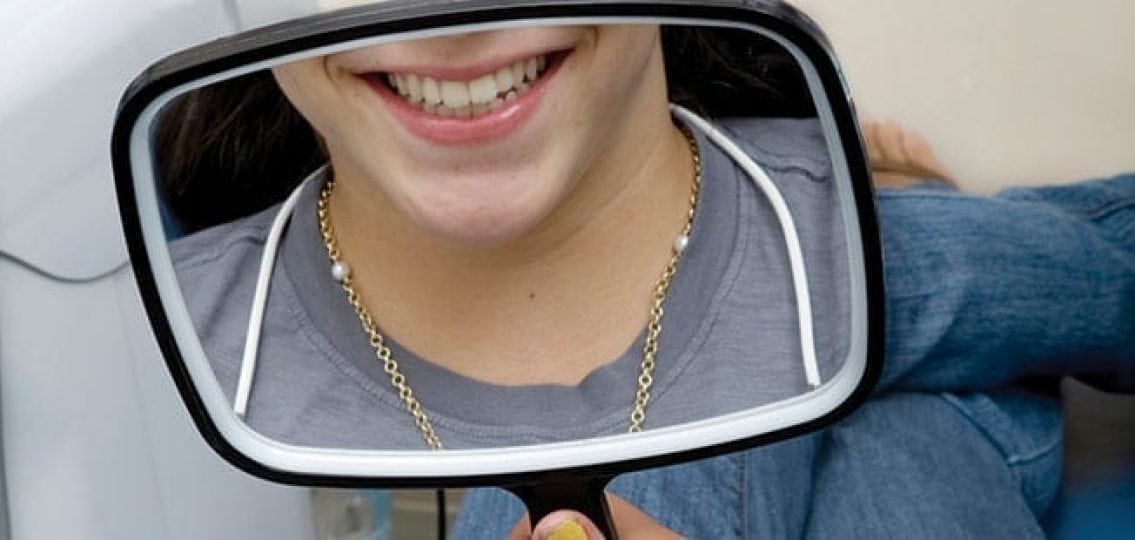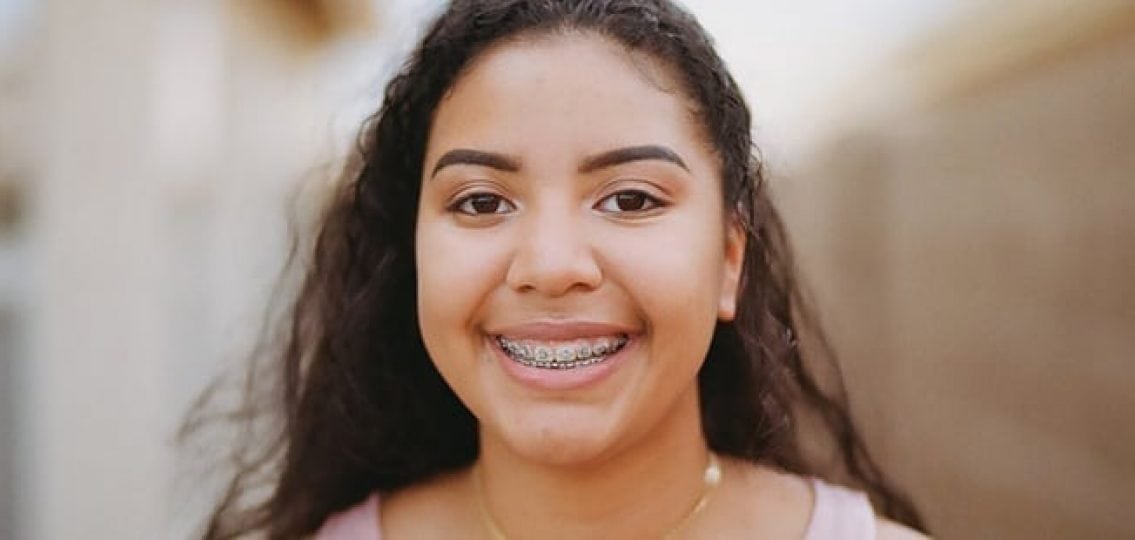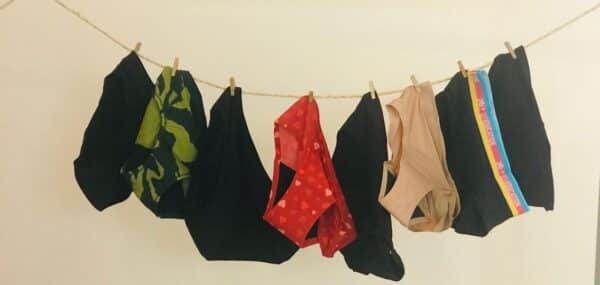Your son or daughter has spent two years in braces and elastics, and you’ve invested a lot in those teeth. How do you protect your investment and avoid additional orthodontic care? Your Teen asked Dr. Philip D. Bomeli, DDS, MS, of Solon Orthodontics in Ohio for advice on protecting that beautiful smile with the braces off.

Q: The braces are off. You can stop worrying about your kid’s teeth now, right?
Bomeli: Patients are most surprised when they learn they are never finished. There is an assumption that after a few years, they don’t have to worry. Unfortunately, that is not the case. We now know that teeth move continually—they don’t stop. The research shows that it actually takes 18 months to two years for the underlying structures in the bones and gums to reorganize and to support the new tooth placement.
Q: How quickly can teeth move after the braces come off?
[adrotate banner=”30″]Bomeli: There can be movement in just a few days. If you initially got braces because of some stubborn spacing issues, for example, those spaces can open up again very quickly. So if you go to summer camp for a week and forget that retainer at home, teeth can move in that very short period. This happens pretty frequently, and I know it can be very frustrating for patients—and for their parents as well. Whenever a patient asks me, “How long do I have to wear this retainer?” my answer is always: “How long do you want your teeth to stay straight?”
Q: How effective are retainers for keeping teeth in place?
Bomeli: Retainers are very effective—if they are used full-time. The “danger zone” is the first two years after treatment, when the teeth are most at risk of movement. Let’s face it: It can be hard to get your teen to wear a removable device 24/7 after two years of braces. We could say to them, “Just wear it at night.” But in my experience, this is a slippery slope. Kids hear that as permission not to wear it all the time—when in reality, they need to wear it most of the time to keep things from shifting. Excluding meals and maybe sports practice, they should be wearing that retainer.
Q: What do you say to motivate a teen to wear their retainer?
Bomeli: I speak honestly and directly to them and I’m very straightforward. “Here is how your teeth look after braces. The retainer is how you’re going to keep them looking like this. Your teeth will move quickly if you don’t wear your retainers as instructed.” I also frequently hear parents say to their teens, “The next time you need braces, it’s going to be on you.” Or, “You won’t like your teeth as an adult if you don’t take care of them now.”
Q: How long does the traditional acrylic and wire retainer last?
Bomeli: When properly cared for, a retainer can last for several years—but not forever. The mouth is a very harsh environment. Everyone is different—if you grind your teeth, the wear and tear will show up faster. I’ve had patients who will lose several of these, or throw them out on their school lunch tray, or leave them at restaurants. I should also warn you, dogs love retainers. I’ve seen them chew up the plastic case to get to the retainer. Make sure you keep them out of reach!
Q: What options do patients have for retainers?
Bomeli: Parents who had braces may remember the big horseshoe-shaped acrylic and wire retainers which cover the roof of your mouth. We still have those (and they come in all kinds of fun colors), but now we also have new  bonded or glued-in retainers. These consist of a little wire that lies behind your top front four teeth, and behind your bottom front six teeth. No one can see it, it doesn’t have to be taken out to eat, and it can’t get lost or forgotten. It’s just so easy for patients and very effective at keeping teeth in position. They are not permanent because they can be removed in about a half an hour. Probably 99% of our patients choose this option instead of the traditional removable retainer.
bonded or glued-in retainers. These consist of a little wire that lies behind your top front four teeth, and behind your bottom front six teeth. No one can see it, it doesn’t have to be taken out to eat, and it can’t get lost or forgotten. It’s just so easy for patients and very effective at keeping teeth in position. They are not permanent because they can be removed in about a half an hour. Probably 99% of our patients choose this option instead of the traditional removable retainer.
Q: What do you do for a patient who has experienced some tooth movement after braces?
Bomeli: Frequently, we will see patients come back for treatment if, for example, their lower teeth have moved. We have a variety of options for these patients. If a space has opened up, we can put just a few brackets on those lower teeth to squeeze them back together and do that in about six months. Invisible aligners such as Invisalign can be a great option for fixing post-orthodontic issues such as spacing or a tooth that has turned. If retainers are not worn properly in the months right after braces are removed, we will frequently see some relapse and the need for a short course of revisional treatment. This usually only requires six to nine months of treatment but can stretch into a year or more if more complicated.

Q: Should patients schedule frequent follow-up visits after the braces are off?
Bomeli: After the braces are removed, we will see a patient six weeks later for a quick visit. Then we schedule visits for three, six, and 12 months. After that, we don’t automatically schedule them. If they have an issue they want to address, they will come in, but we don’t ever dismiss them. We want to be sure their teeth continue to look good and that they’re happy with their smile.




